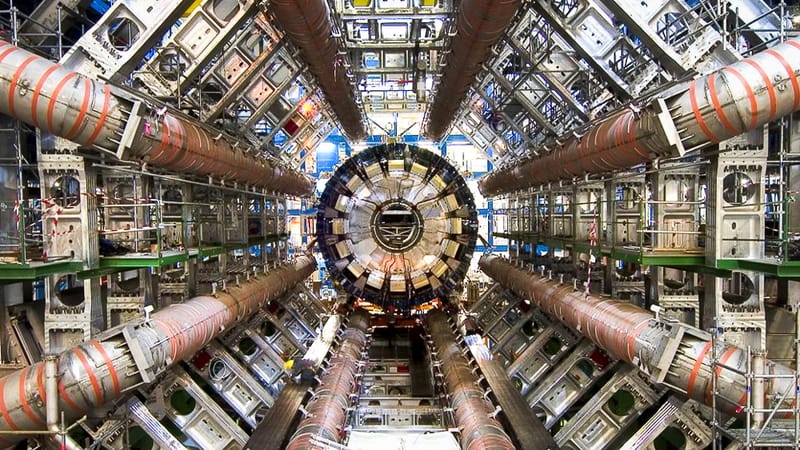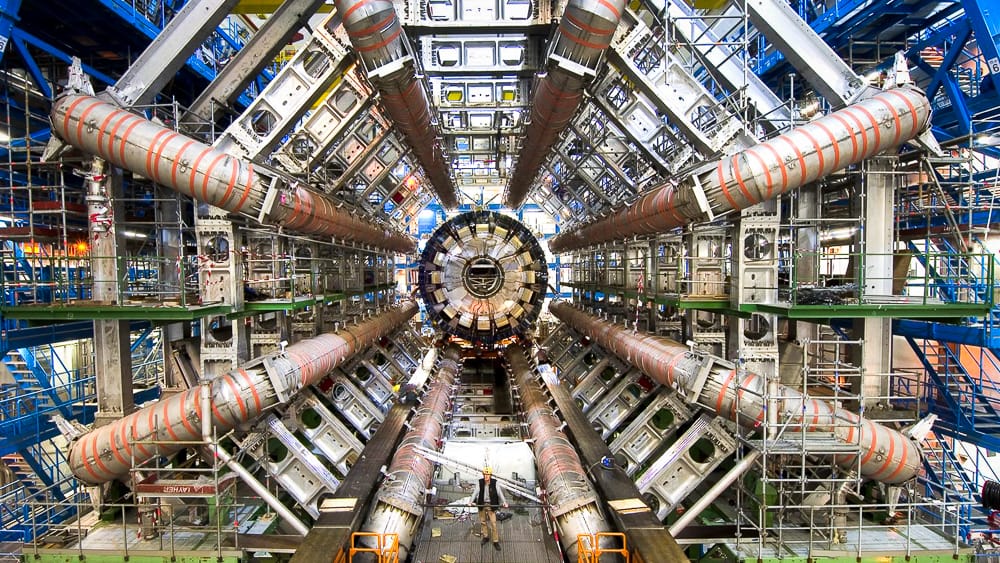
Dec 12 2024
Large Hadron Collider: 99.9% Speed of Light
Within its 17-mile circular tunnel, particles travel at 99.9999991% the speed of light, completing 11,245 laps around the collider every second.
The LHC propels particles—usually protons or heavy ions—using a series of superconducting magnets. These magnets, cooled to just 1.9 Kelvin (-271.25°C), guide the particles through the collider’s circular path while powerful electric fields accelerate them to near-light speeds. By the time the particles reach their maximum velocity, they are traveling at over 186,000 miles per second, just shy of light speed.
Reaching this velocity is no small task. As particles accelerate, they gain energy and relativistic mass, requiring even greater force to push them closer to the ultimate speed limit set by the universe: the speed of light. At 99.9999991% of this limit, particles in the LHC achieve incredible momentum, making each collision an event rich with data and discoveries.

The particles’ 11,245 laps per second are not just an impressive statistic—they’re crucial for the LHC’s mission. This speed allows particles to collide billions of times per second at specific points within the collider. These collisions create conditions similar to those just after the Big Bang, producing exotic particles that exist for only fractions of a second. By studying these fleeting phenomena, scientists unravel the mysteries of the universe, from the nature of dark matter to the origins of mass.
The precision required for these collisions is mind-boggling. The particles, smaller than atoms, must collide head-on despite traveling in opposite directions at near-light speeds. This is akin to firing two needles across the Atlantic Ocean and having them meet precisely in the middle. The success of these collisions has already led to groundbreaking discoveries, such as the detection of the Higgs boson, often referred to as the “God particle.” In this race of light, the particles in the LHC reveal not just the secrets of the cosmos but also the limitless potential of human curiosity.
Learn more at CERN